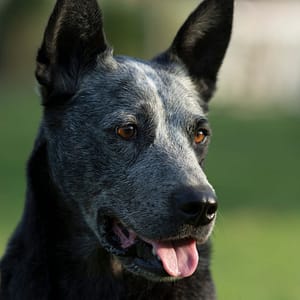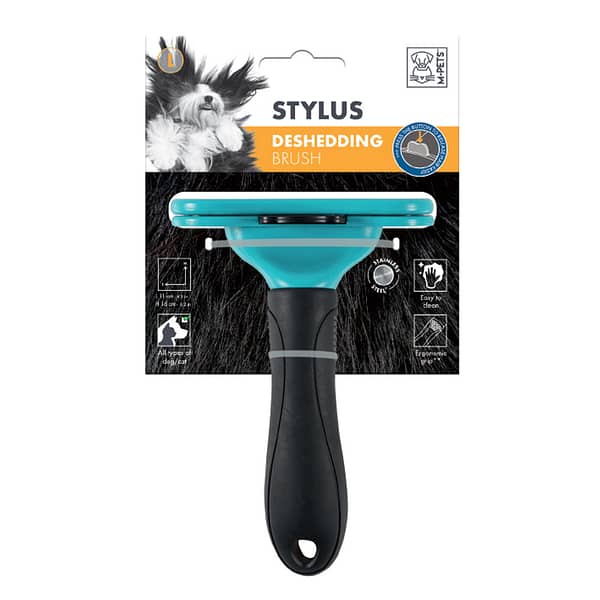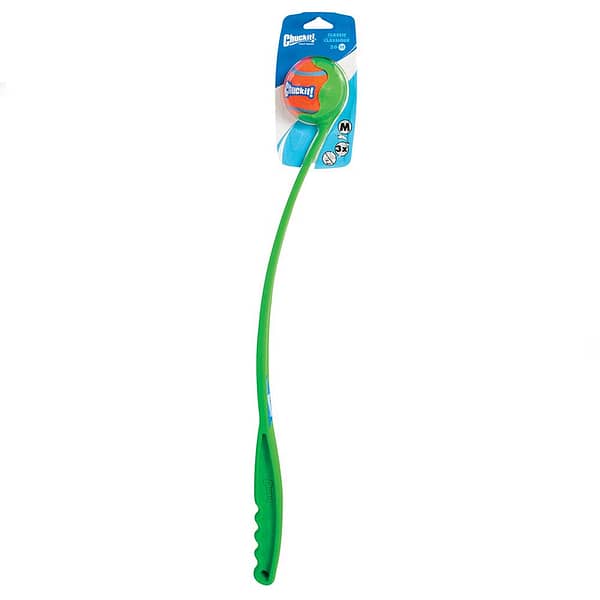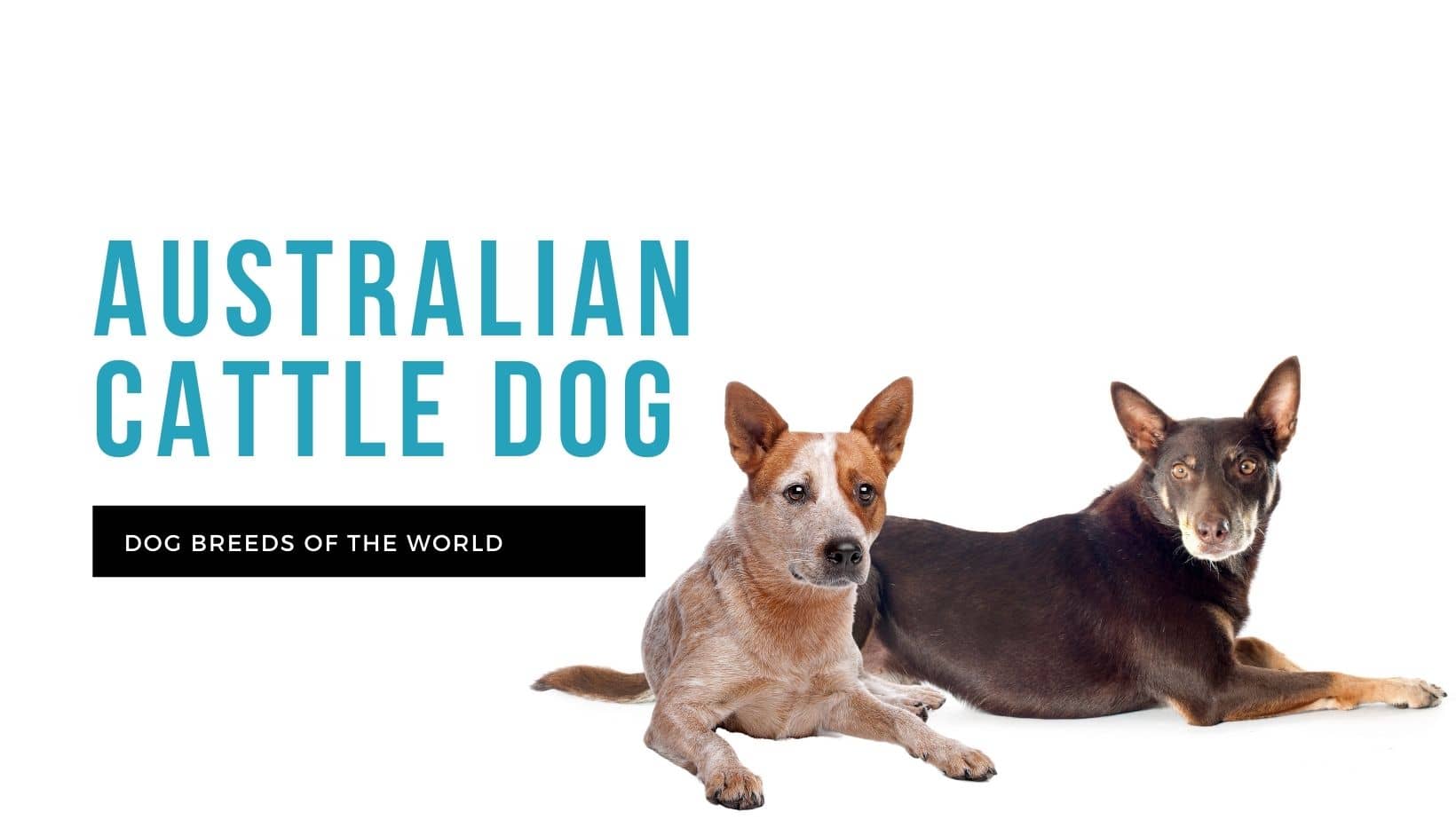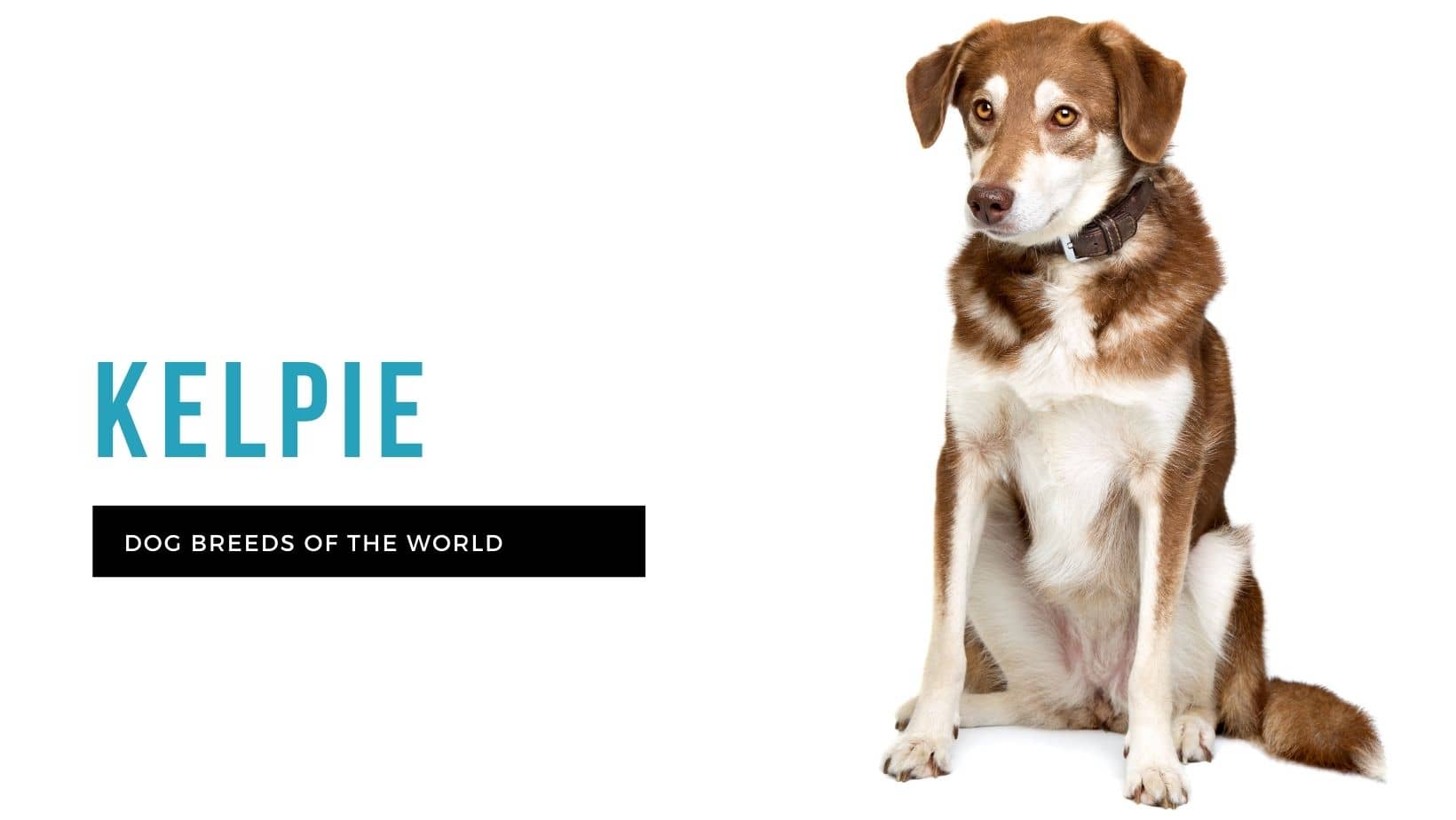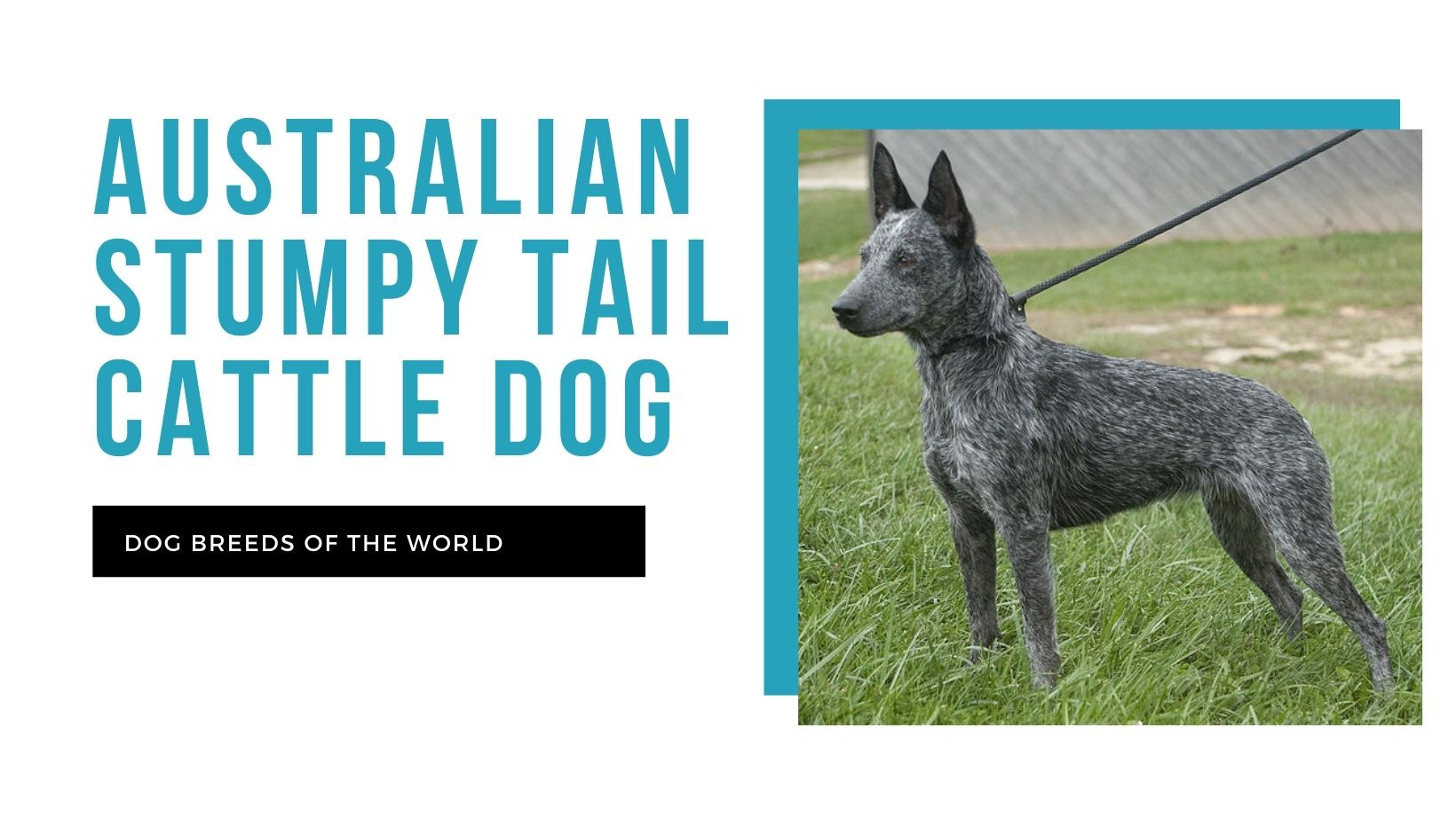
The Australian stumpy tail cattle dog, or ‘stumpy’ for short, is an Australian dog breed with the same kind of outdoor grit and endurance as his local cousin, the Australian cattle dog. He’s an entirely distinct breed with a naturally bobbed (or completely absent, or full) tail, and has a serious, goal-oriented demeanour. Like most herding breeds, his skills are built into his DNA and he absolutely needs to have a job to do.
The stumpy is not a cuddle bug, but he displays his loyalty to his human by being very protective. He can get along with other dogs and pets, but he must grow up with them in order to accept other animal friends.
History
No one knows the origins of the Australian stumpy tail cattle dog for sure, but there are some theories about how the breed came to be. One of the theories shares the origin story of the Australian cattle dog – where Thomas Hall crossed the Smithfield (a drover dog from England) with the local dingo to produce a hard-working dog that was hardier and more capable of tolerating the extremes of Australia’s climate. This ‘Hall’s heeler’ was eventually to become the Australian cattle dog. In another part of Australia, another livestock drover was also crossing the Smithfield with dingoes, but the resulting ‘Timmons biter’ was too severe with the livestock and this viciousness needed to be toned down. It’s here that a merle smooth collie was introduced, which resulted in the early ancestor of the modern stumpy tail.
The Hall’s heeler and the Timmons biter were the ancestors for both Australian cattle dog and the stumpy tail – who were both bred for their stamina, toughness and herding skill. During the breed development process, bobtailed dogs and tailless dogs occurred naturally, and while these dogs were selected for further breeding, it was not (and still is not) unheard of to have litters of stumpy tails in which some puppies have no tails and others have full tails.
In the early 1900s, after years of showing both cattle dogs and stumpy tails, the stumpy declined and almost became extinct. The Australian National Kennel Council started a redevelopment programme for the breed in 1988, which has since saved the stumpy. The Fédération Cynologique Internationale (FCI) recognised the breed in 2005, while the American Kennel Club (AKC) has the stumpy assigned to its Foundation Stock Service – allowing for further development and standardisation. The Kennel Union of South Africa (KUSA) does not yet recognise the Australian stumpy tail cattle dog.
In modern times, the stumpy is more of a pet than a working breed, and he expresses his work ethic and drive by protecting his family and engaging in vigorous, goal-directed play in a large backyard. He is a natural problem-solver and needs mentally and physically stimulating activities to keep him healthy.
Temperament
The stumpy is an active and alert dog who is aloof with strangers. He takes on the role of protector and makes a wonderful watchdog with his instinct to protect his nearest and dearest. Owners will do well to formally and proactively introduce friends and family to their stumpy so he learns to trust them and be open to their presence. The stumpy is a biddable dog who wants to please his owner, which makes training this energetic pup relatively easy.
Health
The Australian stumpy tail cattle dog is generally healthy and hardy, but the breed is still susceptible to some physical ailments. All stumpies should be screened for hip and elbow dysplasia, as well as eye conditions (progressive retinal atrophy and red cone atrophy) and deafness.
Exercise Requirements
The modern stumpy is a pet rather than a working dog, but this has done nothing to diminish his herding instincts. He needs a wide open space to expend his high energy and lots of activities that galvanise his physical and mental prowess. He can tolerate extreme weather, so he has plenty of endurance even in very hot conditions. If not worked on a farm or with livestock, the stumpy can keep up with outdoor physical activities like hiking and biking, running and trail activities.
Since many stumpies are wary of strangers, it’s important that he be socialised from as early on as possible. The stumpy puppy should be introduced to as many different people and animals as possible, and in a range of situations so that he can build confidence and hone his puppy manners. Obedience training is essential, but it can be easily done with positive reinforcement training. The stumpy wants to know he’s pleasing his human, so food and praise rewards will go a long way in reinforcing his training.
Grooming Requirements
The stumpy tail’s double coat is short and dense, so all it needs for good maintenance is a weekly brush with a short-bristled brush to remove loose, dead hairs. He is a fairly heavy shedder and will blow his undercoat once or twice a year, which will mean brushing more often during shedding season.
The stumpy’s nails should be kept short by trimming them monthly, his ears should be checked regularly for any signs of infection, and his teeth brushed daily to ensure good dental hygiene.
Ratings
Friendliness to other pets
Friendliness to strangers
Behaviour towards children
Statistics
| Size |
Medium |
| Type |
Foundation Stock Service |
| Average adult weight |
19 kg |
| Average adult height |
48 cm |
| Average life span |
13 years |
| Breed family |
|
| Area of origin |
Australian |
Gallery
Product suggestions
Similar breeds


